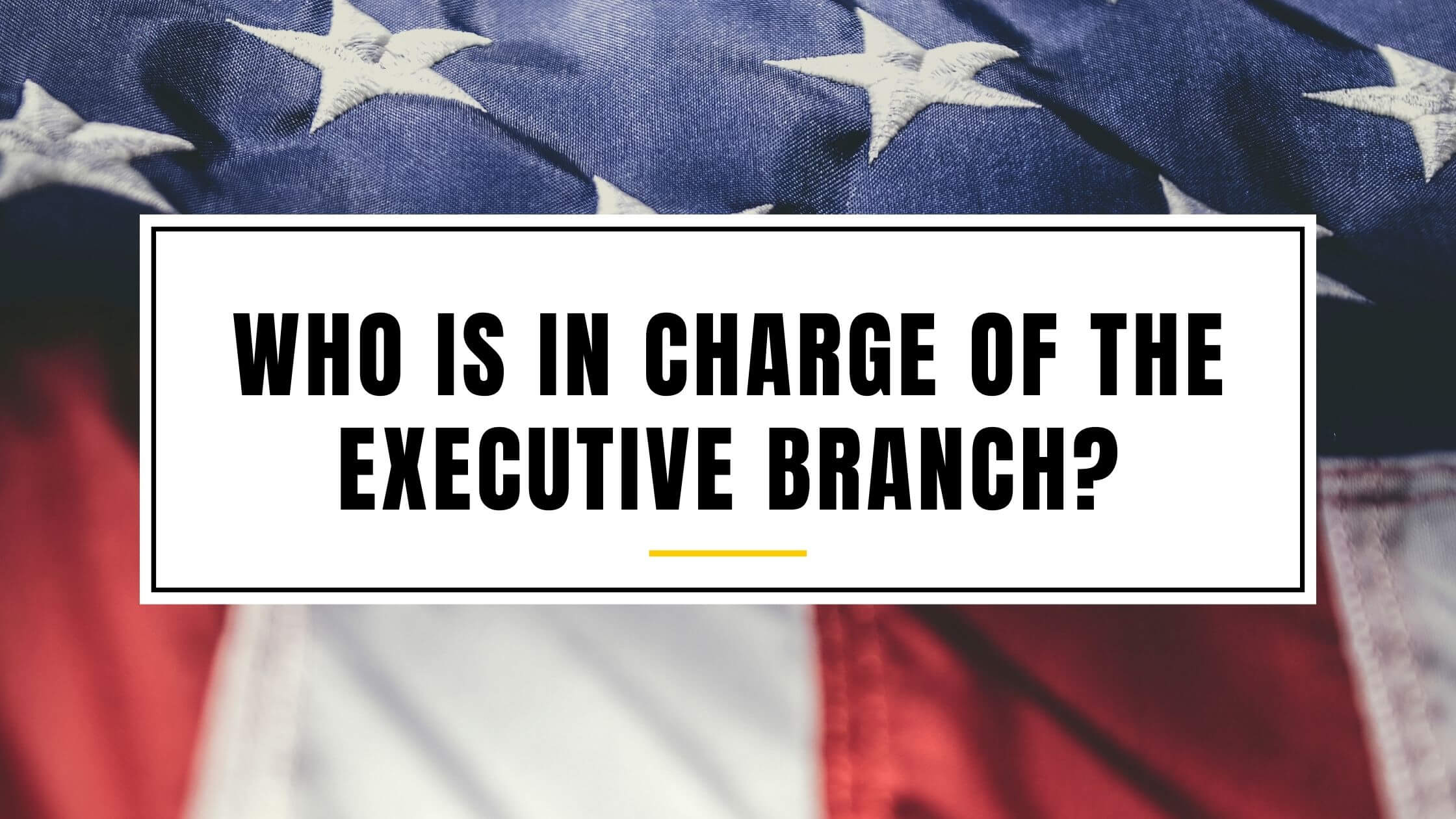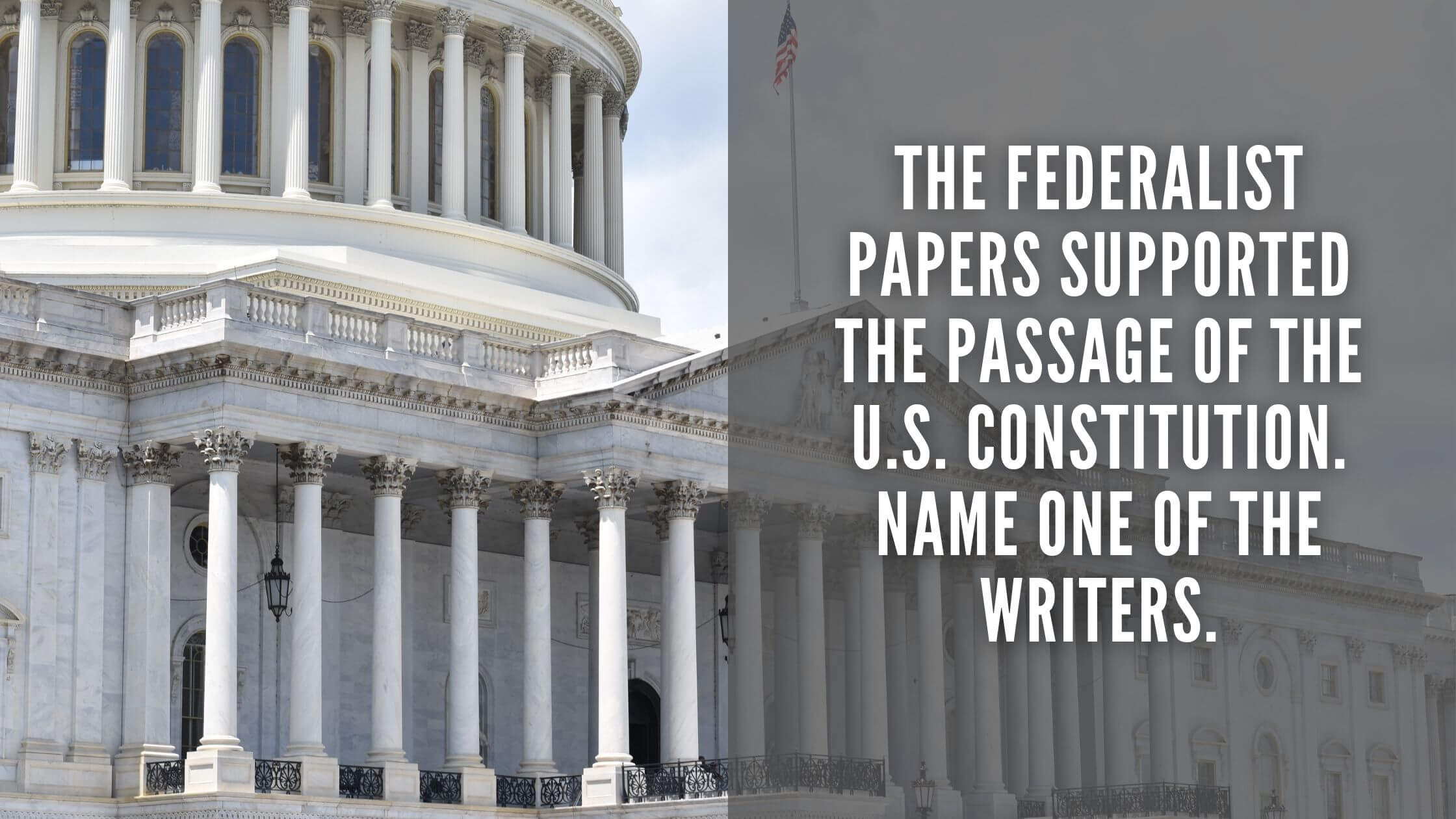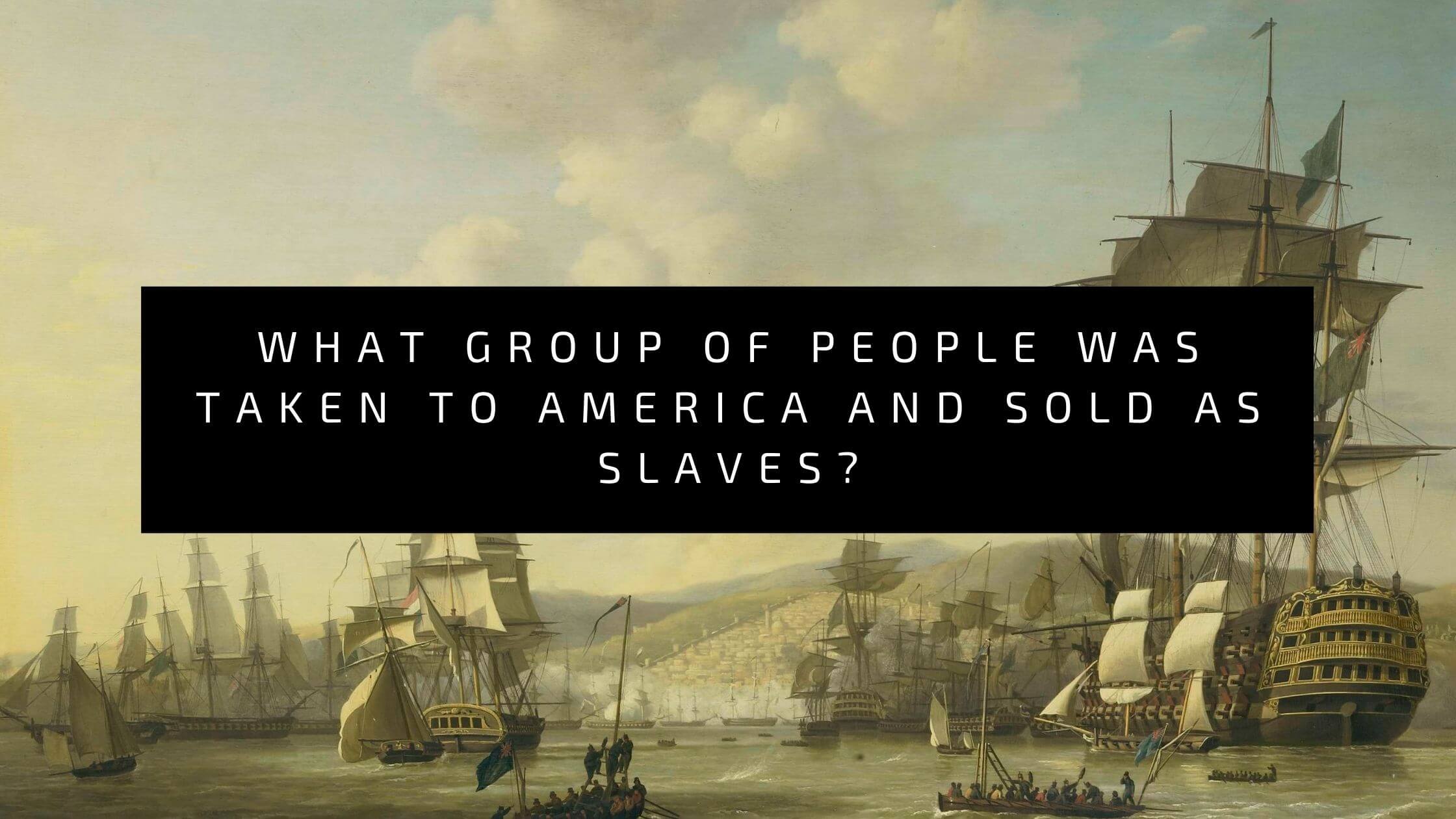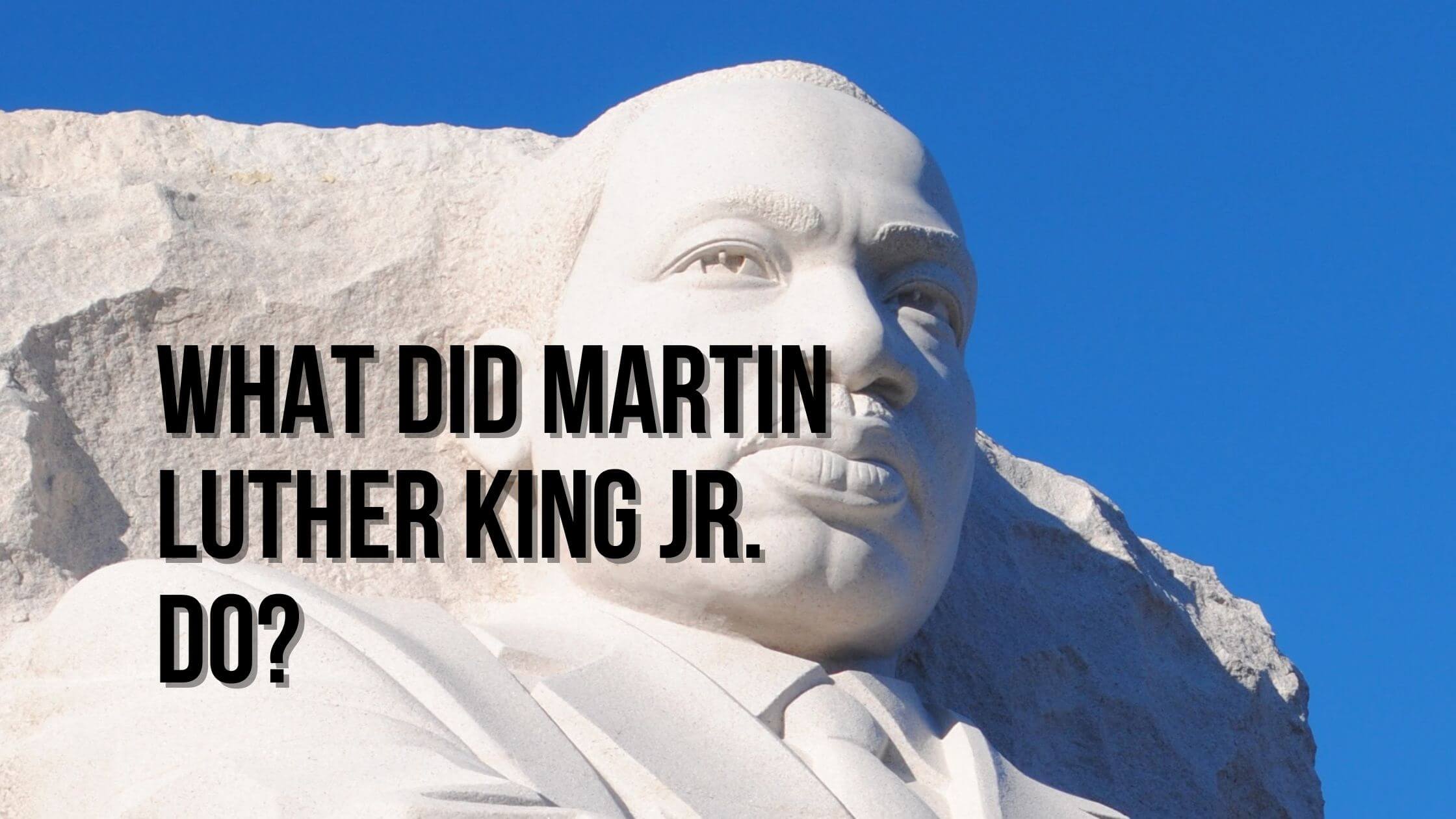To pass the US citizenship test, you will have to answer 10 of a possible 100 questions. The following question is from the USCIS test.
Name one problem that led to the Civil War.
Acceptable Answers:
- slavery
- economic reasons
- states’ rights
The following is a full explanation of the USCIS question in relation to slavery:
Slavery and the Civil War
The American Civil War was a military conflict in the United States from 1861-1865 between eleven southern states who seceded from the Union and the remaining twenty-two northern states.
The eleven southern states, known as the Confederacy, had broken away over the issue of slavery, seeing the election of President Abraham Lincoln in 1860 as a threat to their pro-slavery society. While other issues, such as states’ rights and economic pressures, also contributed to the secession, slavery was the driving force behind the Confederacy’s formation.
Founding Fathers and Slavery
One of the glaring inconsistencies of the founding of the United States was the presence of slavery, a troubling practice for a country specifically founded on the principles of freedom and liberty. While many Founding Fathers opposed slavery, others owned slaves, including George Washington and Thomas Jefferson. Washington and Jefferson both made arrangements to free many of their slaves upon their death, suggesting an implicit acknowledgment of the evils of the practice.
Ironically, the issue of slavery was not a major topic of discussion or dissension during the founding of the country and writing of the US Constitution. The most logical explanation of the Founding Fathers and their views toward slavery was that they viewed it as a necessary evil at the time that would eventually become obsolete. They didn’t want to risk alienating the southern states and jeopardizing the country’s survival by attempting to abolish a practice that would die out in due course.
Probably the best evidence of the Founding Fathers’ view of slavery was the Northwest Ordinance of 1787. It was the first federal legislation passed that directly referenced slavery, prohibiting it in any territories north of the Ohio River. The prohibition of slavery into additional regions seemed to indicate the desire of many early leaders to phase out the institution gradually.
Eli Whitney and the Cotton Gin
The invention of the cotton gin in 1793 by Eli Whitney revolutionized the southern economy and destroyed the notion that slavery would gradually die out. Cotton could now be rapidly processed and converted to textiles, increasing the value of cotton supply in the southern states. Demand for slave labor would rapidly increase and result in the southern states, especially those in the Deep South, becoming irrevocably linked to slavery.
Missouri Compromise of 1820
By the second decade of the 1800s, tensions over slavery began to build, and new states entering the Union were increasingly defined by whether or not they allowed slavery. Further complicating the issue was the recent acquisition of territory from France known as the Louisiana Purchase, which nearly doubled the size of the United States. While the Northwest Ordinance had prohibited slavery north of the Ohio River, it did not stipulate any details about additional territory to the west of the river.
Missouri, a new state seeking admission into the Union, was located primarily north of the Ohio River, seemingly putting it in a location where slavery should be prohibited. However, the state sought admission as a slave state, angering many northern states that opposed slavery’s expansion into northern territories.
Adding additional controversy to Missouri’s potential admission was that it would represent the twelfth slave state in the Union, upsetting the balance of power between free and slave states, which had previously stood at eleven states each.
The Missouri Compromise of 1820 was the first major accommodation aimed at delaying the inevitable showdown between northern and southern states over the issue of slavery. It admitted Missouri as a slave state and Maine as a free state, maintaining the balance of power between both free and slave states.
While it allowed Missouri to exist as a slave state, the bill prohibited slavery in any additional territory or future states north of the 36°30′ parallel, roughly the southern border of Missouri.
Mexican War
The Mexican American War from 1846-1848 resulted in the acquisition of additional territory into the United States, much of which was located below the 36°30′ parallel. The arid climate of much of this territory was not conducive to traditional slave labor, which was primarily used for farming cotton and sugar.
However, many southern states saw the addition of the territory as an opportunity to admit several new slave states and tip the balance of power between slave states and free states in their favor. The new territory gained from Mexico represented the biggest threat to free states since the nation’s founding.
Compromise of 1850
As hostility over slavery reached a fever pitch with the territorial gains from Mexico, the United States government made one last attempt to mollify the controversy. The Compromise of 1850 admitted California as a free state, enacted a stronger Fugitive Slave Act, banned the slave trade in Washington D.C., and created the two new territories of New Mexico and Utah.
This compromise was made on the basis of popular sovereignty, giving residents the option to choose whether or not they would allow slavery. Also, Texas gave up any claim to the New Mexico territory in exchange for the federal government assuming its debts.
The Compromise of 1850 was a valiant effort by the federal government to avoid a civil war, successfully delaying the conflict for another decade. While many individuals saw the legislation as a fair settlement, many southerners felt that it was skewed toward favoring the north. It created a sixteenth free state without admitting a slave state to maintain balance.
Free states now represented a majority of the country, and many southerners recognized the inevitability of slavery’s demise unless drastic measures were taken.
Unavoidable War
The desired effects of the Compromise of 1850 did not last very long as tensions over the bill’s provisions soon provoked the nation to war. The Fugitive Slave Act, the legislation’s most controversial and divisive aspect, resulted in many legal disputes and conflicts over runaway slaves.

Get Smarter on US News, History, and the Constitution
Join the thousands of fellow patriots who rely on our 5-minute newsletter to stay informed on the key events and trends that shaped our nation's past and continue to shape its present.
Residents of free states actively interfered and undermined the ability of the federal government to enforce the law. In contrast, residents of southern states often abused the law by claiming ownership of slaves who were free citizens of northern states.
Further events surrounding slavery, including John Brown’s failed slave uprising plan and the Kansas-Missouri border war, brought tensions to a height.
The Election of 1860 was the last event to precipitate the American Civil War. Many southerners saw its outcome as incompatible with their existence and secession as the only appropriate response. Slavery had finally driven the nation apart and would result in the bloodiest period of American history.
Name One Problem That Led to the Civil War Quiz
Frequently Asked Questions
What are the acceptable answers to the USCIS question 'Name one problem that led to the Civil War?'
How did the invention of the cotton gin impact slavery in the United States?
What was the Missouri Compromise of 1820 and how did it address the issue of slavery?
What was the significance of the Compromise of 1850?
Why did the southern states secede from the Union, leading to the Civil War?
How useful was this post?
Click on a star to rate it!
Average rating / 5. Vote count:
No votes so far! Be the first to rate this post.
We are sorry that this post was not useful for you!
Let us improve this post!
Tell us how we can improve this post?







